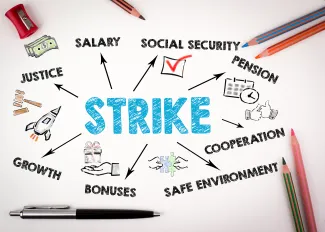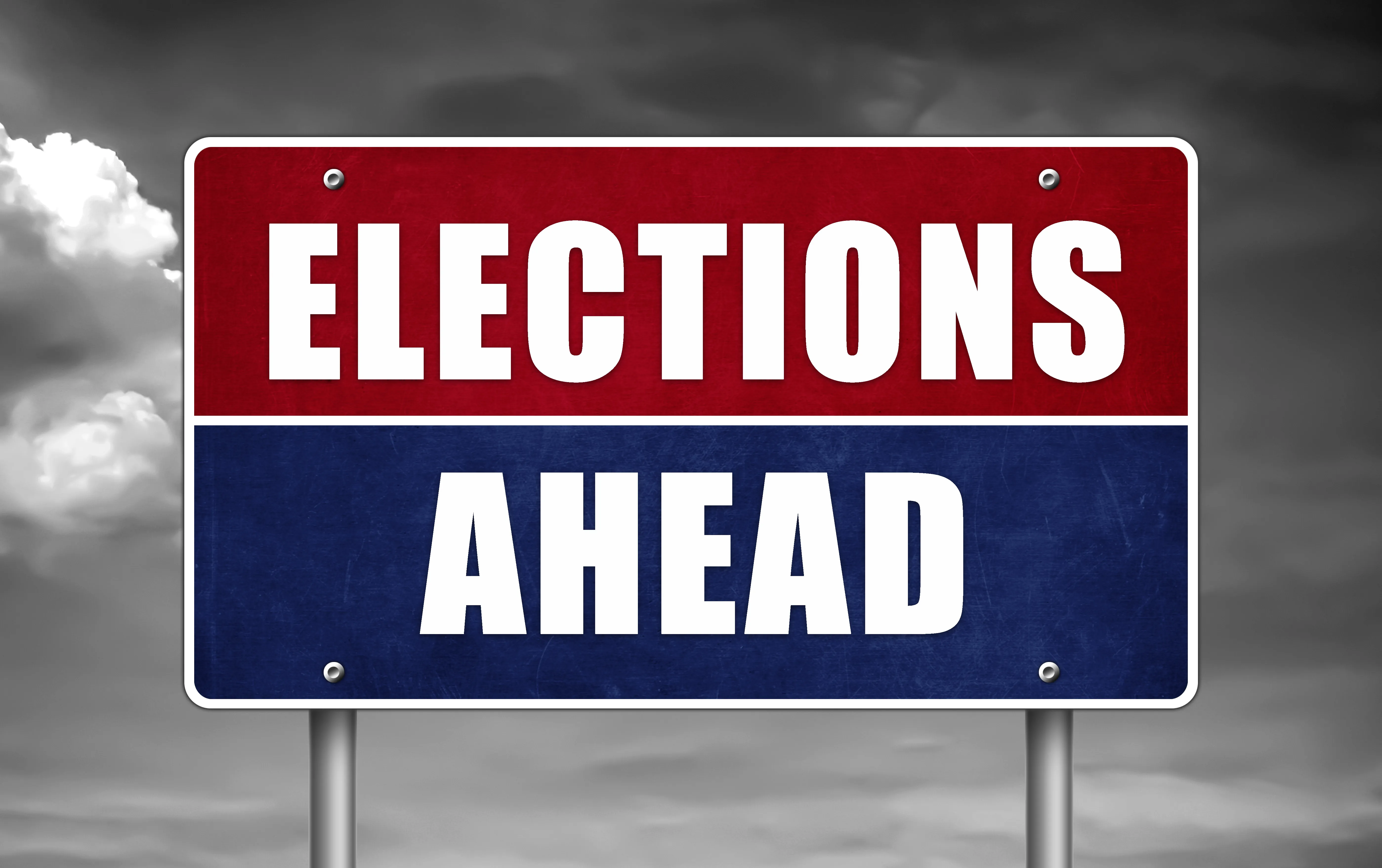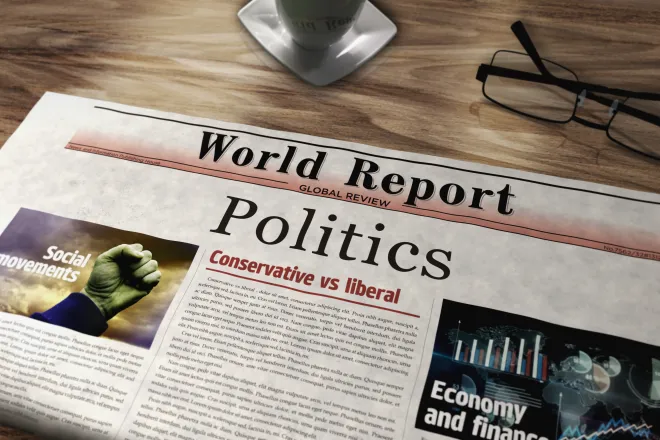
As Biden nominee fails in Senate, workers may lose ground with new NLRB
Click play to listen to this article.
With unionization on an upswing of late, experts anticipate policy changes at the national level will reverse worker gains.
The number of labor union elections in 2024 was the highest in more than a decade, continuing increases seen in recent years. The Biden-era National Labor Relations Board made union organizing easier, increased penalties against employers for unfair labor practices and expanded the definition of employees to include some gig workers.
Wednesday, the Senate failed to confirm the reappointment of board chair Lauren McFerran, setting up the Trump administration to appoint a new majority.

Todd Vachon, assistant professor of labor studies and employment relations at Rutgers University and director of the Labor Education Action Research Network, said recently bolstered pro-worker policies are threatened.
"I'm going to anticipate almost all of these decisions in the past three years being reversed under the Trump board," Vachon projected. "We could be surprised but I anticipate them all to be reversed, because that's been the historical trend. And that's not just a Trump thing, that's always kind of been a Democrat-Republican thing."
There were 316 union elections in California in 2023, double the number in 2020.
Nationwide, more than 16 million workers had union representation in 2023, an increase of 200,000 over the year prior. Despite the recent increases in rates of unionization, it only represents 0.1 percent of the workforce. Unionization rates in the early 1970s were 10 times higher, when more than 1 percent of the workforce was organizing annually.
With unemployment rates low in recent years, Vachon noted organized workers have been on a winning streak.
"We've seen a lot of strikes and the strikes have been very effective at winning gains for workers," Vachon observed. "I think that's going to continue into the Trump administration, as long as the economy remains strong and the labor market remains tight, workers and unions do have a bit more leverage now than they have had historically."
Union density in the United States is near the bottom of countries in the Organization for Economic Co-operation and Development, at around 10 percent of all workers. While the international average is 16 percent, some nations in northern Europe have unionization rates of 50 percent or higher.

















